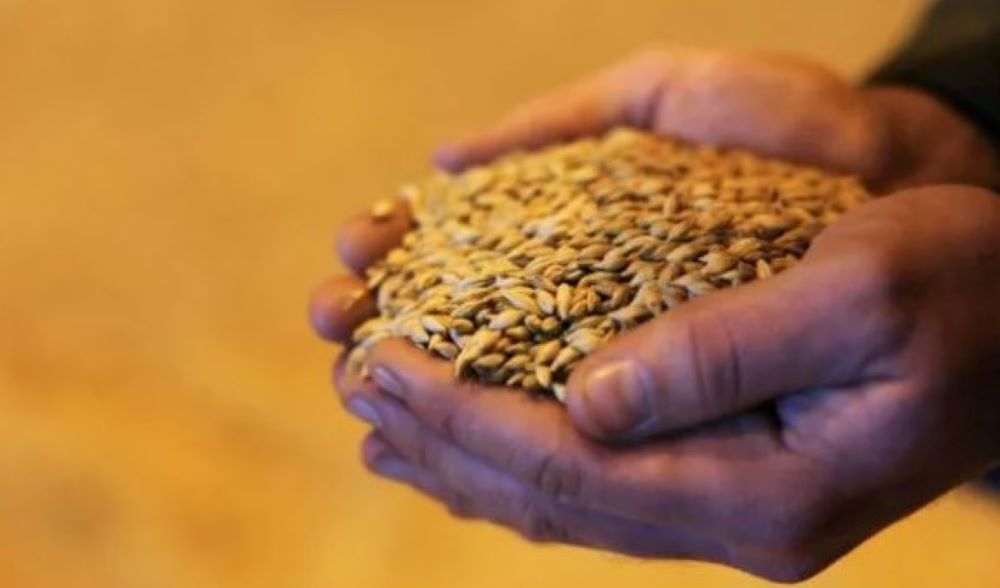The solution to the Russian-Ukrainian crisis is also the solution to a more certain winter in Montenegro.

Goran Kapor
The official annual inflation rate, though the methodology used to calculate it is questionable, is 11.7 percent, primarily due to a 30 percent increase in the prices of basic foods and fuel.
The reduction of excise duty on fuel by 50 percent affected the lowering of prices by 27 to 33 cents per liter; a kilogram of flour and a loaf of bread are cheaper by about five cents, while the effects of limiting the margins on basic foodstuffs to 5 and 7 percent are yet unknown because this measure has just come into force. Montenegro’s annual needs for oil derivatives amount to 320 million liters. By reducing the excise duty by 50 percent and thus the proportional part of the VAT, the state loses 8-9 million euros per month.
In six months, the Revenue and Customs Administration collected 976 million in state duties, which, as they announced, is 130 million euros more than the budget plan. Due to significant efforts to combat cigarette smuggling, the collection of excise duties on tobacco products increased by 83 percent, to 38.5 million.
The Minister of Finance, Aleksanda Damjanović, announced a few days ago that the state budget will need an emergency loan of 170 million euros, due to obligations that are due for collection. He said that there is money from regular budget revenues for the announced increase in pensions, social benefits and child allowances.
The good news is that the banking system is extremely stable. Total deposits in banks at the end of May this year amount to 4.4 billion.
Montenegro’s biggest problem in this landscape is that it has to import 98 percent of grain and flour for human consumption.
When Serbia banned exports in March, bakers had 10 days of flour reserves. The government later boasted that it had imported five tow trucks from Bulgaria. The total need for flour is about three percent of the total wheat production in Serbia. If the agreed export from Serbia were to continue according to the current quotas, there would be no shortage of flour.
In the past decades, Montenegro was practically left without industry, so now it has a surplus of electricity. The energy balance for the next year indicates that the total production of electricity will amount to 3,500 gigawatt hours (GWh), and the consumption will be around 3,000, leaving 500 GWh for export. According to the current prices on the European stock exchanges, that amount would be worth about 150 million euros, which is about three percent of the country’s GDP.
In the past three years, there has been no increase in electricity prices in Montenegro, despite drastic price increases on international stock exchanges last year and this year. If, for example, something unforeseen were to happen to the Pljevlja Thermal Power Plant, Montenegro would have to import half of the required electricity at the current stock market prices, and in that case the price would not be 5.2 cents but around 35 cents.
What is important for Montenegro as a predominantly tourist economy is that this summer season goes well so that the difficult and uncertain winter passes more easily.
However, this year’s tourist season is to be questioned. Tourists from Russia and Ukraine had 3.9 million overnight stays in 2019, which is 28.2 percent of the total number. Guests from these two countries brought about 310 million euros, which is about six percent of the GDP. According to current data, Russians and Ukrainians make only four percent of overnight stays, and the total number of tourist visits is about 20 percent lesser than in 2019.
Much like everyone in the region, Montenegro can only hope that politicians and warlords will soon find a solution to the Russian-Ukrainian crisis.
Goran Kapor is a journalist in the economic newsroom of the independent daily newspaper Vijesti



Leave A Comment